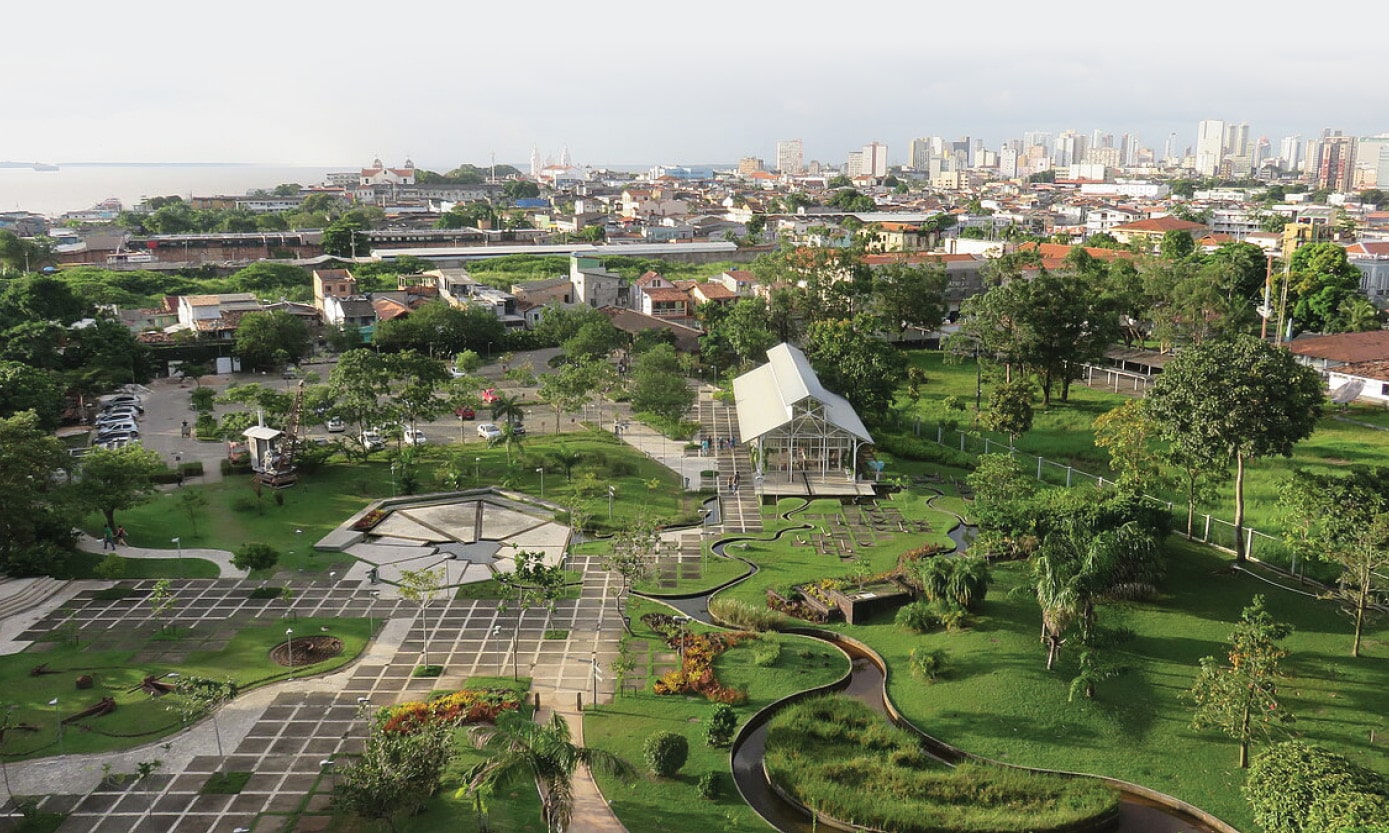The project is to assess the past, current, and potential status of urbanization in Gurugram in terms of built development, with an aim to contribute towards better, more sustainable spatial planning without hampering the natural ecosystem.
Objective
- To leverage Geospatial technologies to understand and quantify local land transformation as a result of existing land use policies post-1991.
- To predict future urban growth and growth potential in the center until 2030 using past-transition method.
- To generate qualitative and quantitative input for contributing towards future land policies.
Stakeholders involved
The Gurugram Metropolitan Development Authority (GMDA).
Geospatial Tech Solution
The study involved preparing past, present, and future built-up area maps besides collating statistical evidence that can be incorporated in future plans for better land use management by GMDA. The study adopted state-of-the-art opensource remote sensing data (Landsat, Digital Elevation Model, Open Street Map, Nighttime Light) and geographic information systems (GIS) to track the past built-up dynamics in terms of built-up growth and empirical measurement of urban sprawl (i.e., infilling, edge expansion and leapfrogging) in Gurugram.
The study helps predict future built-up growth pathways under a business-as-usual scenario by leveraging advanced geostatistical techniques. The maps so produced serve the purpose of reference maps for GMDA when they plan for future interventions in concerned areas, whether in terms of land use planning or services planning, including water and sanitation, infrastructure, and environmental protection measures.
Benefits
- To measure the urban footprint.
- To predict future built-up growth pathways under a business-as-usual scenario.
- To establish future potential built-up growth area maps









